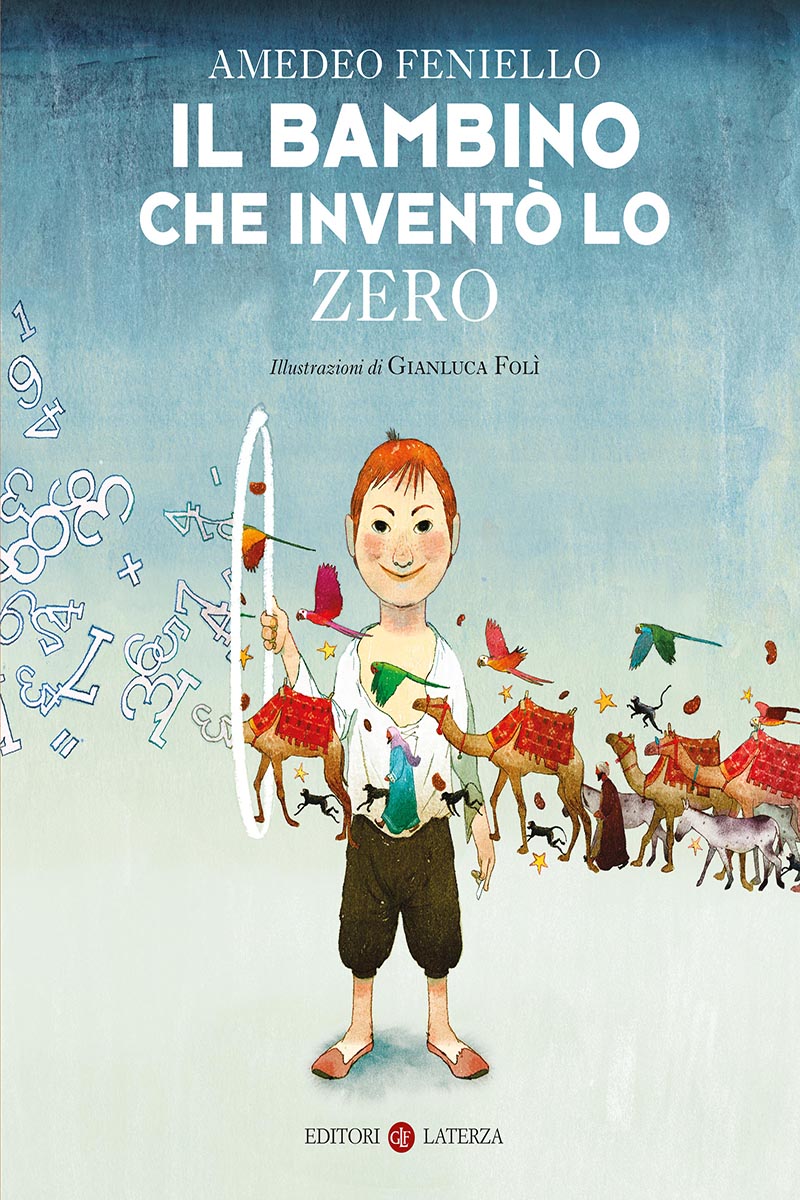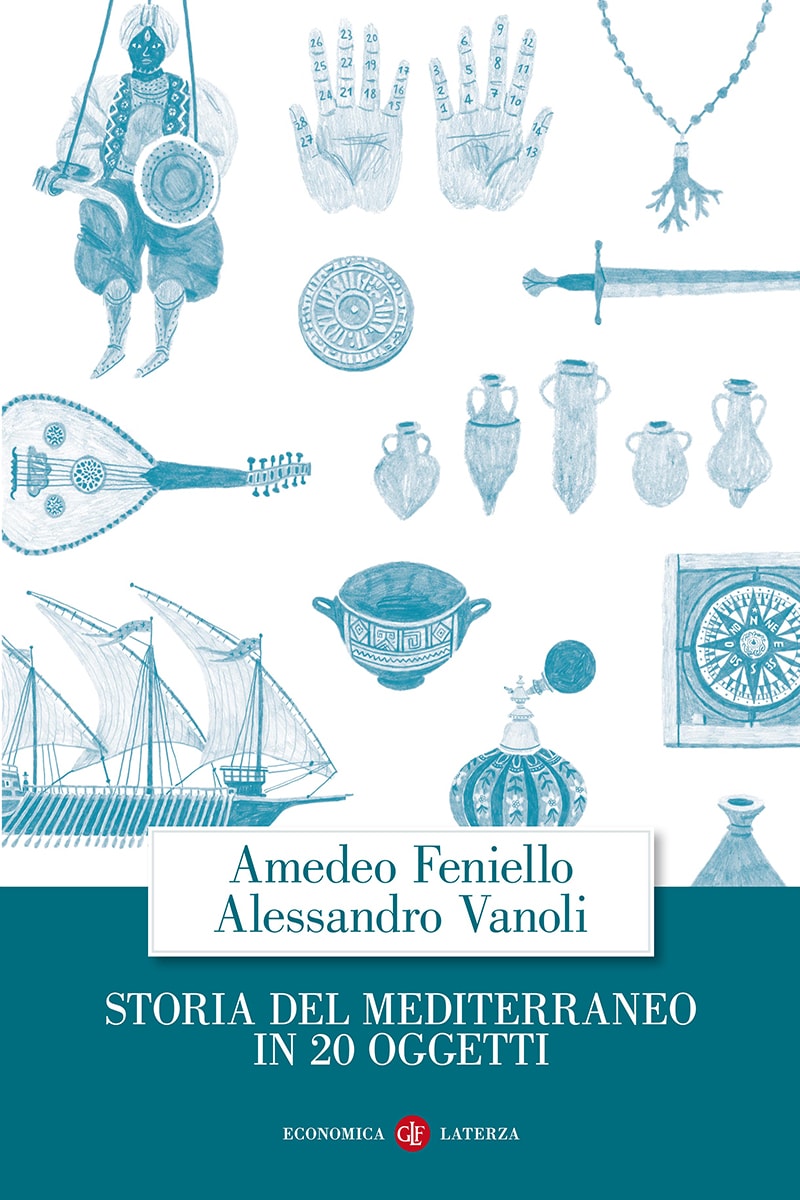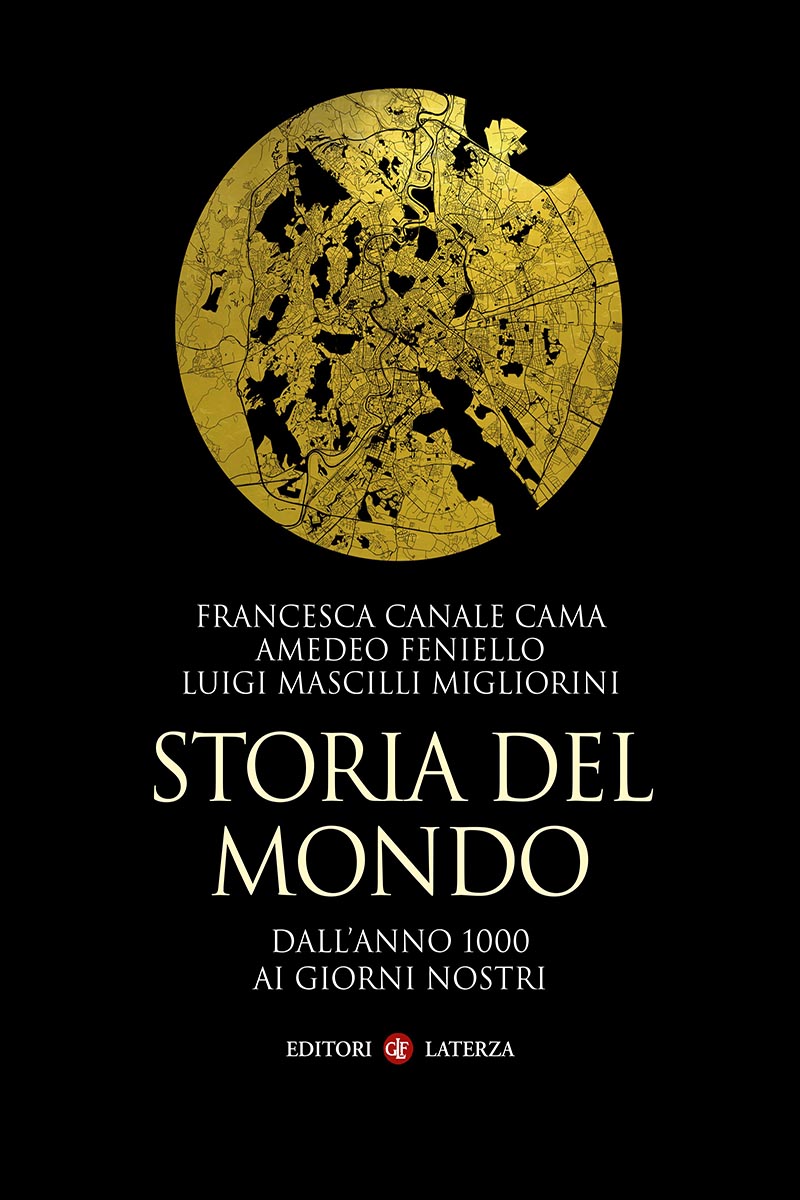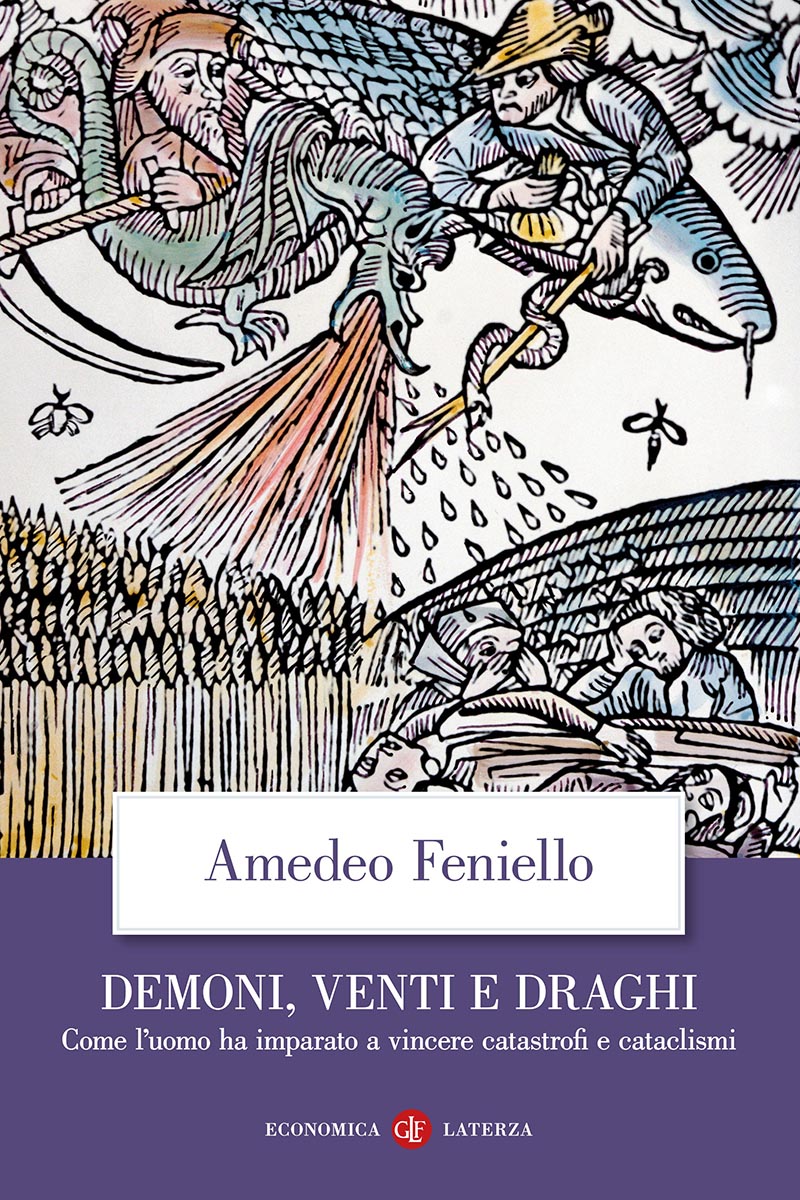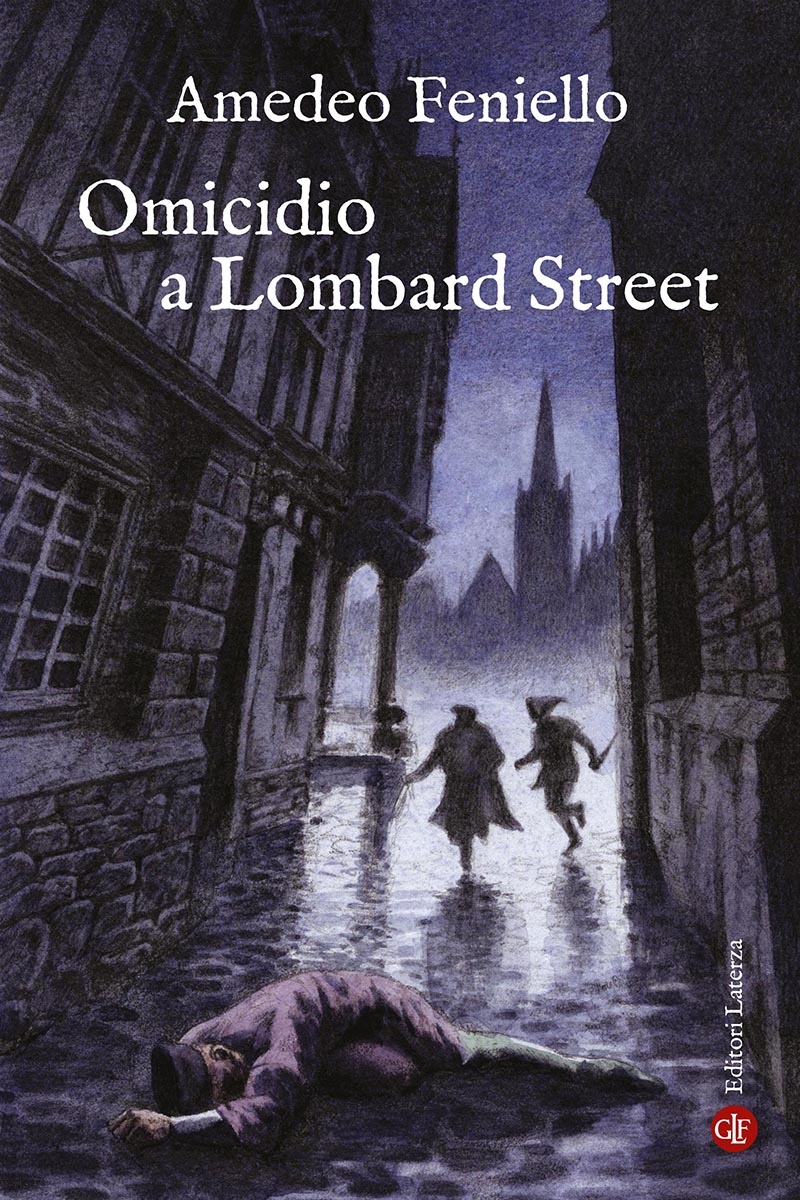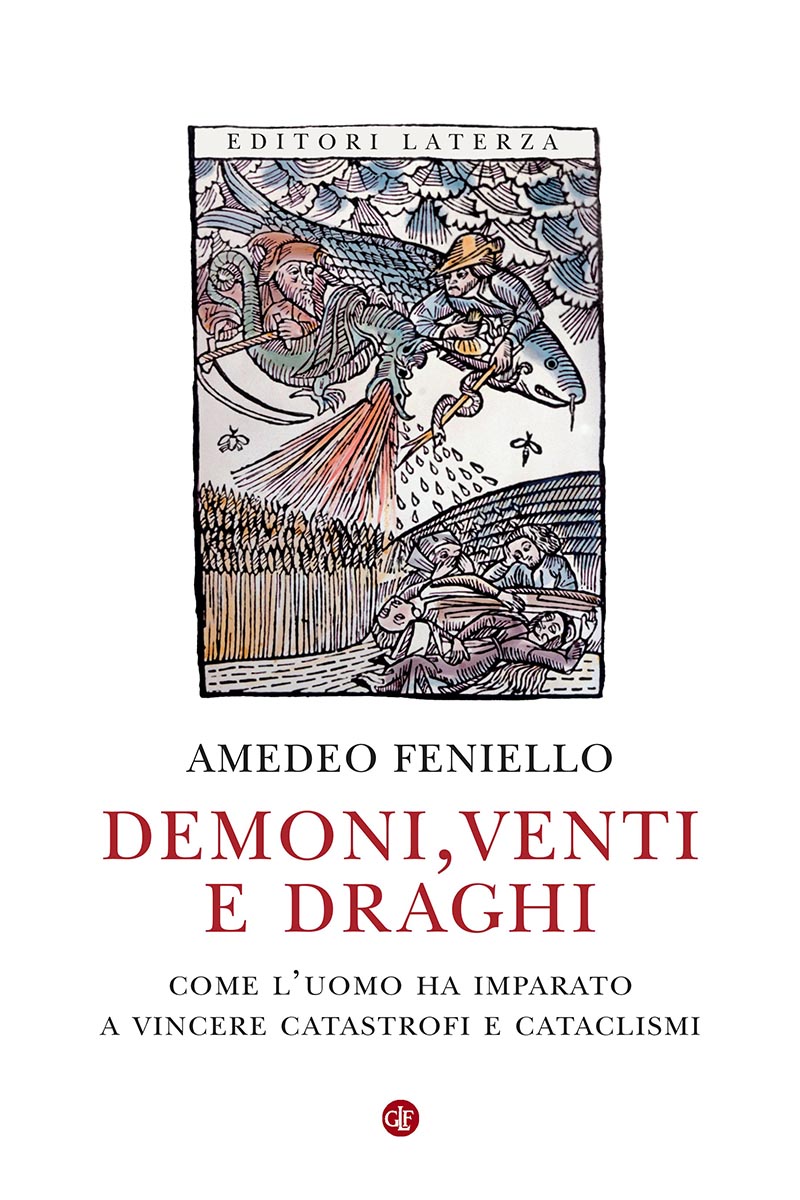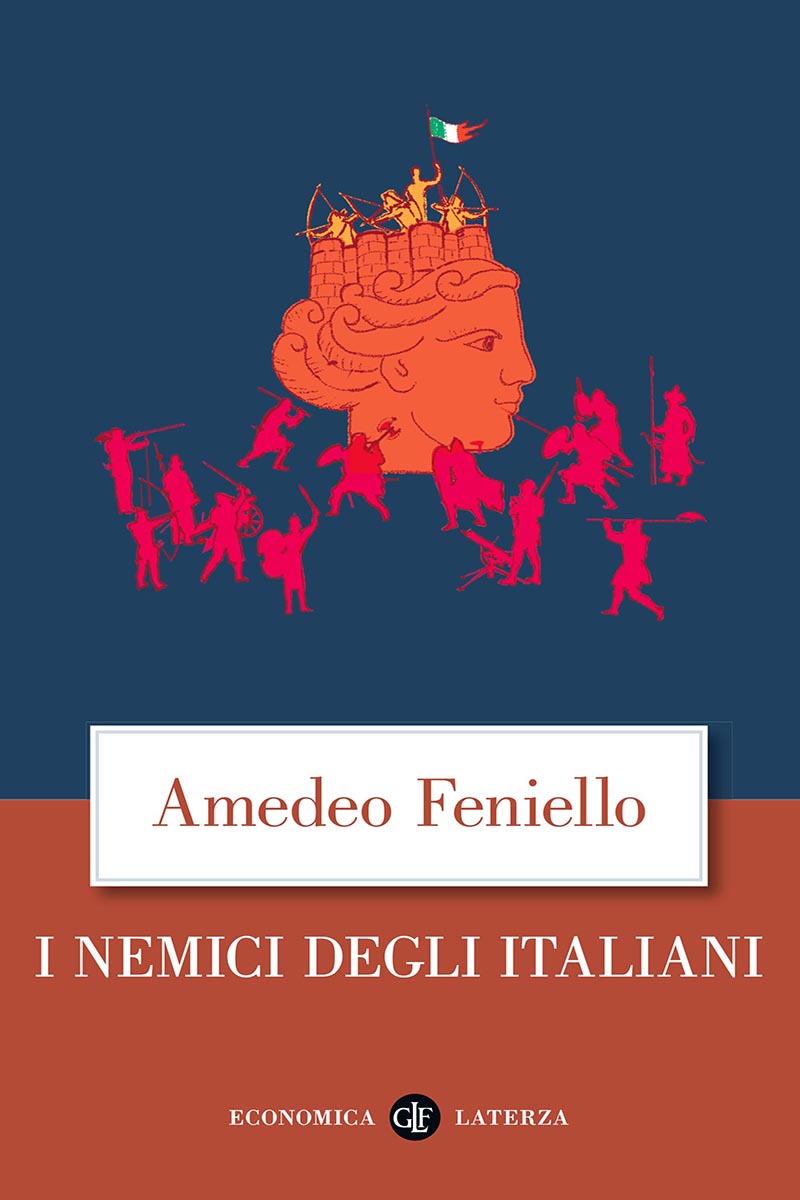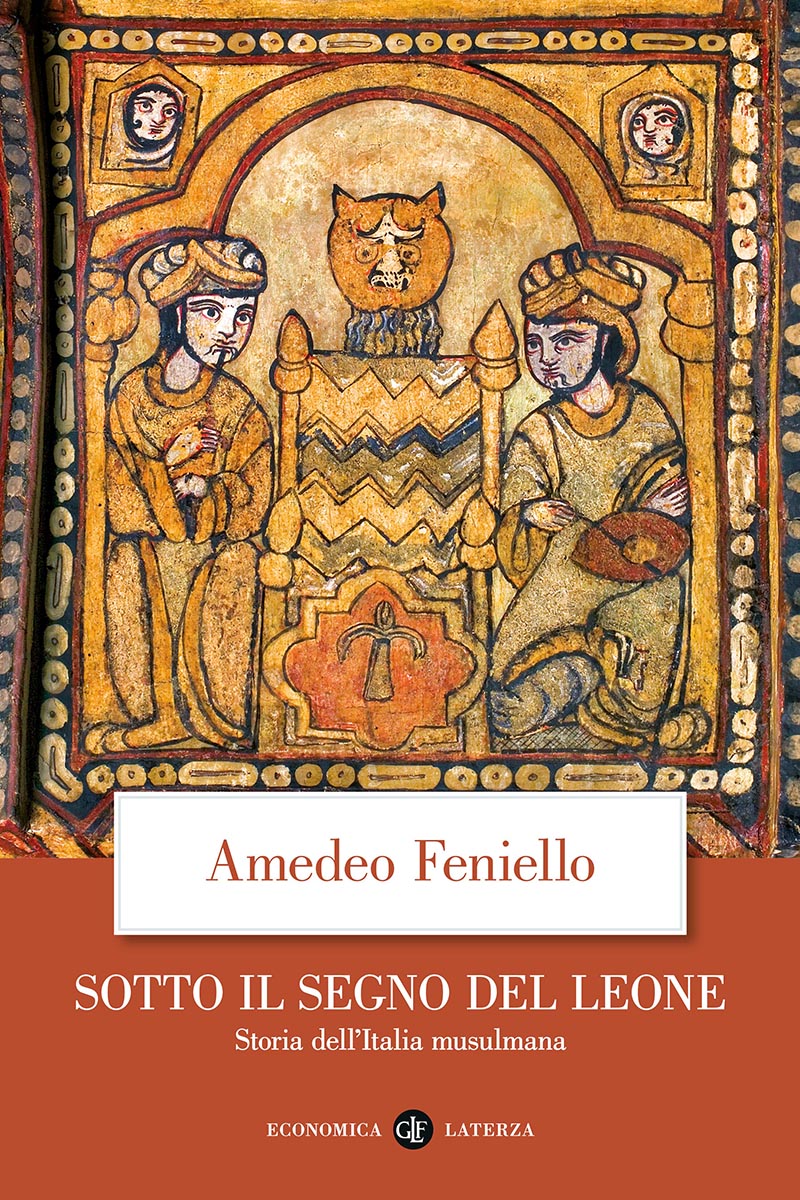
Pages: 64
Series: iCL
ISBN: 9788858112496
The Child who Invented Zero
RIGHTS SOLD TO:
Alfulk (Emirati Arabi)
“This void, this nothing, does it have a name? What name do you give it? Because somebody must have surely called it something.”
“They have called it by many names. I prefer the nothing; or the void. You, however, can call it whatever you like. In any case, from this night forward it is yours. The nothing belongs to you.”
“And if I were to call it like the wind last night?”
“Zephyrus? That sounds good.”
Everything had gone well. Right up to then, the year 557, which for the Christian infidels was 1179. In this year a man from Pisa lands at the port with his son. The child seems unable to speak and appears to have no desire to do so. But he is clever as a thousand cats, smart, gifted at making and understanding calculations. The minute he sets foot on dry land, he creates problems, every day there’s a new one. He’s a little terror. There is nothing for it but to entrust him to a famous teacher, Ahmed. But one night, in the desert, things suddenly change. “Count the stars”, says the old man, “and to do it close your eyes and imagine the moon more or less like this: 0.” In that symbol is the whole magic of the universe. Nine numbers plus one zero. Together they can represent any order of magnitude: the smallest, the greatest. With grace. With ease. And now that he has discovered this new magic, the boy can truly count the stars…
Leonardo, the story’s protagonist, is a real terror. In Bugia, where he arrives with his father, he causes no end of vexation, plays practical jokes, and gets into all sorts of trouble in the intestinal alleyways of the city. But he does have one extraordinary talent: in less than the blink of an eye he learns the science of the Arabic numbers from a great mathematician in the city. The story of Leonardo is based on the life of the mathematician Leonardo Fibonacci (1170-circa 1240), who as a child lived in Bugia, in modern-day Algeria, with his father Guglielmo dei Bonacci. Fibonacci is famous for having introduced the decimal system to Europe, replacing the Latin numbers. In his Liber Abbaci (1202) nine numbers and the symbol 0 appear for the first time. A symbol that brings with it traces of different cultures and worlds: zero, from the Latin zephirus, is an adaptation of the Arab sifr, which in turn is taken from the Indian term śūnya, meaning “void”.

